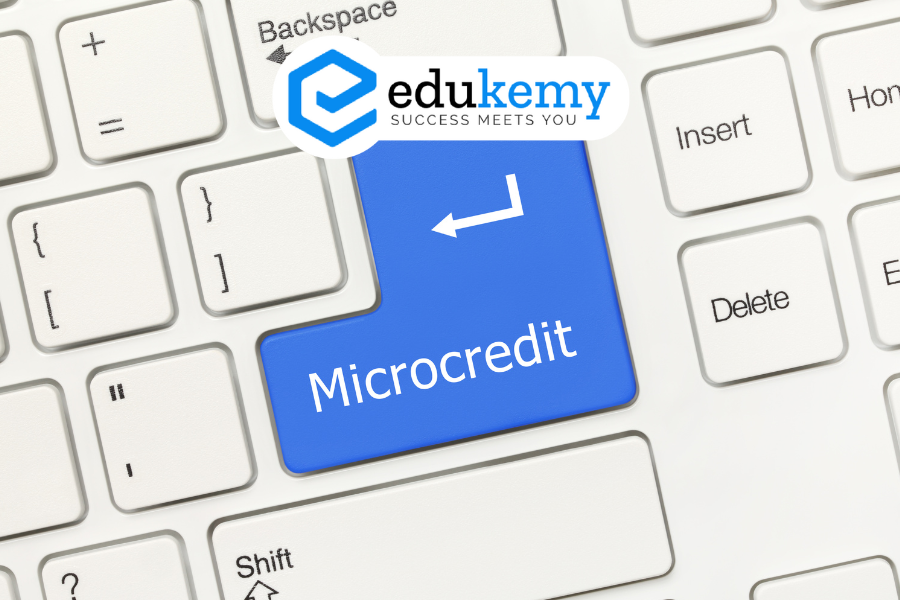
Microcredit, often heralded as a transformative force in global development, represents a financial mechanism that extends small loans to individuals, typically in impoverished or underserved communities, who lack access to traditional banking services. This innovative approach, pioneered by Muhammad Yunus in Bangladesh in the 1970s, aims to empower the impoverished by providing them with the capital needed to kick-start small businesses or invest in income-generating activities. Beyond its economic impact, microcredit also carries profound social implications, fostering entrepreneurship, reducing poverty, and promoting gender equality by disproportionately benefiting women, who often face greater barriers to accessing formal financial services. As a catalyst for economic self-sufficiency and community development, microcredit has garnered international recognition and continues to shape strategies for poverty alleviation worldwide.
Contents
Microcredit and Field Experiments:
1. Study on Microcredit Program in Hyderabad:
- Banerjee, Duflo, and their colleagues conducted a study on a microcredit program targeting impoverished households in the Indian city of Hyderabad.
- Field experiments were designed to assess the impact of microcredit on various aspects, including investments in existing small businesses.
2. Findings of the Microcredit Study:
- The study revealed relatively small positive effects of microcredit on investments in existing small businesses.
- However, no significant effects were observed on consumption patterns or other development indicators, both at the 18-month and 36-month marks.
3. Consistency Across Countries:
- Similar field experiments conducted in various countries, including Bosnia and Herzegovina, Ethiopia, Morocco, Mexico, and Mongolia, produced comparable results.
- The overarching conclusion was that while microcredit may have positive effects on certain aspects, its impact on broader development indicators and consumption was not substantial.
Conclusion:
- The field experiments led by Banerjee, Duflo, and collaborators provided insights into the effectiveness of microcredit programs.
- The observed small positive effects on business investments suggest that microcredit can influence specific economic activities at the micro level.
- However, the lack of significant impacts on consumption and broader development indicators suggests that the overall transformative potential of microcredit may be more limited than initially anticipated.
- These findings contribute to a nuanced understanding of the role of microcredit in poverty alleviation and economic development, highlighting the need for comprehensive approaches to address various dimensions of poverty.
FAQs
1. What is microcredit?
Microcredit is a financial service that provides small loans to individuals who typically lack access to traditional banking services. These loans are often granted to entrepreneurs, particularly in developing countries, to help them start or expand small businesses.
2. How does microcredit differ from traditional banking?
Microcredit focuses on providing small loans, often without requiring collateral or a credit history, to individuals who are unable to access traditional banking services. Additionally, microcredit institutions often provide financial education and support to borrowers to ensure the success of their businesses.
3. Who benefits from microcredit?
Microcredit primarily benefits individuals who are economically disadvantaged, particularly women and those living in rural areas. By providing access to capital, microcredit empowers borrowers to generate income, improve their standard of living, and contribute to economic development in their communities.
4. What are the key features of microcredit loans?
Microcredit loans are characterized by their small size, short repayment periods, and often, the absence of collateral requirements. Interest rates may be higher than those of traditional loans due to the higher administrative costs associated with serving low-income borrowers and the higher risk involved.
5. How does microcredit contribute to poverty alleviation?
Microcredit has been recognized as a valuable tool for poverty alleviation by providing individuals with the means to create sustainable livelihoods. By enabling entrepreneurship and income generation, microcredit helps lift people out of poverty, reduces vulnerability to economic shocks, and fosters economic self-sufficiency within communities.
In case you still have your doubts, contact us on 9811333901.
For UPSC Prelims Resources, Click here
For Daily Updates and Study Material:
Join our Telegram Channel – Edukemy for IAS
- 1. Learn through Videos – here
- 2. Be Exam Ready by Practicing Daily MCQs – here
- 3. Daily Newsletter – Get all your Current Affairs Covered – here
- 4. Mains Answer Writing Practice – here

